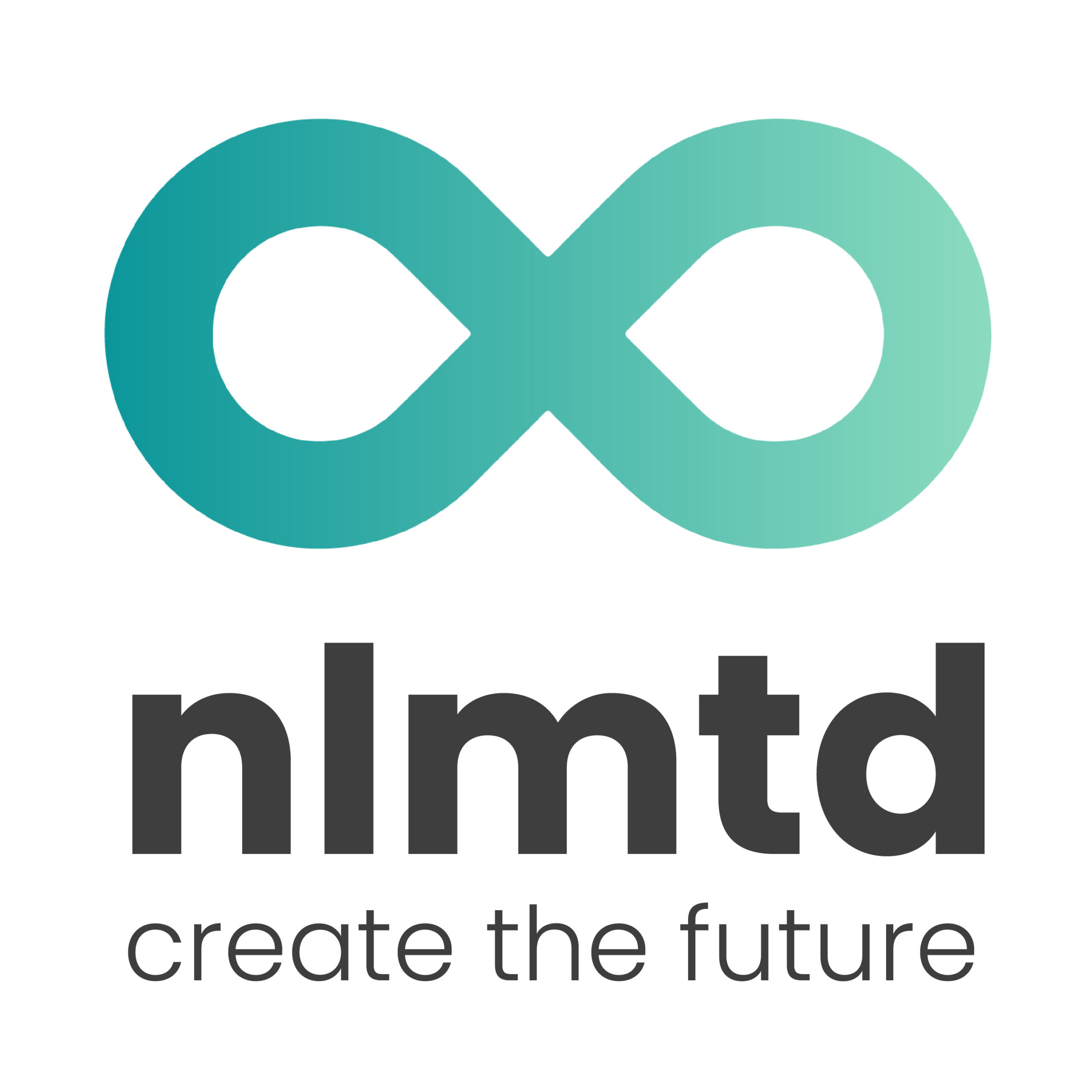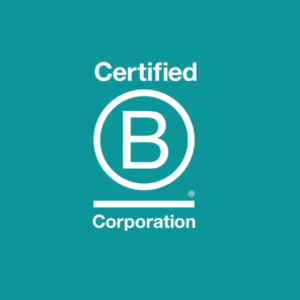How do we increase the percentage of recyclable packaging in the food industry? This question was the focus of the April 26 co-creation session between Nlmtd and Change Inc. “The ideas generated in this type of brainstorming session are good input for us to optimize the beverage carton chain, for example.”

Less than a third of plastic packaging in supermarkets is properly recyclable. The University of Wageningen came out with that message last year. And that’s a shame, because the scientists also calculated that as much as 29 percent of packaging becomes properly recyclable with relatively simple modifications.
Recycle packaging
But no party can solve this challenge alone. That’s why Change Inc. invited professionals from the entire chain to a co-creation session organized by nlmtd. From packers (Tetra Pak) to users (Cosun Beet Company and Friesland Campina) and processors (Afvalfonds Verpakkingen, PreZero and Upp!). The participants sat down with each other to come up with solutions to that one issue from different perspectives: how do we increase the supply of recyclable packaging in the food industry?
The co-creation session was opened by Upp! Read the story of this unique plastic recycler here
Less plastics, more awareness
First, co-creation participants identify the underlying challenges of the problem. The variety of types of plastics, insufficient consumer knowledge, unclear regulations, and too high a cost for recycled plastic relative to virgin material are obstacles that must be overcome, according to those present. But more can also be done at the design level. Do designers opt for transparent packaging with gloss, glitter and glamour – something that works better with virgin plastic – or do they go for a simplified appearance of recycled material?
"Work to gain acceptance from designers and consumers and get them used to shampoo bottles, soap bottles and cleaning cans made from recycled materials."
Sorting and recycling
Fortunately, there was no shortage of potential solutions. First, participants advocated simplifying design and increasing transparency for consumers. “We need fewer types of plastics so we can sort and recycle better. In addition, consumers need to know which packaging is and is not recyclable, so they take that consideration into account when making purchases.”
New designs
Those present also see good opportunities for retail, and specifically for personal care product packaging. “These do not have to deal with the strict regulations this applies to food packaging, for example. Work on acceptance by designers and consumers and get them used to shampoo bottles, soap bottles and cleaning cans made from recycled materials.”
Competetion
Finally, participants think a little competition can also steer things in the right direction. “Take beverage packaging, for example. Now sit down with the whole chain, from design to supermarket, to encourage the reuse of this material. The Waste Fund for Packaging could hold a competition in which groups come up with creative solutions for specific packaging streams.”







